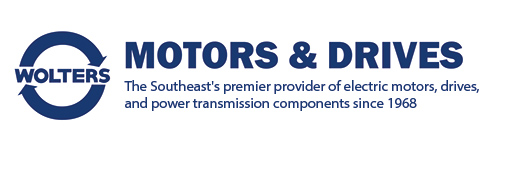While some applications allow you to attach a motor directly to the powered system, in most cases, you’ll need some gearbox or gear reducer to achieve the desired speed and torque levels. A gearbox is any gear train intended to modify the power characteristics of a motor, while gear reducers are specifically designed to reduce speed while increasing torque.
How do you find the best gearbox or gear reducer for your needs? Let’s look at the most common types and which characteristics to look for.
-
Types of Gearboxes
There are two basic types of gearboxes: in-line and right-angle.
In-line gearboxes transmit power from the motor to a parallel output shaft. The output shaft is usually coaxial, although it may sometimes be offset. Typical in-line gearboxes include spur gates, helical gears, herringbones, and planetary gearboxes.
Right-angle gearboxes are designed to transmit power to an output shaft at a 90-degree right angle from the input. Right-angle gearboxes are either a bevel gear or worm gear design to allow for the change in power transmission direction.
-
Most Important Factors When Selecting a Gearbox
In general, selecting the right gearbox or gear reducer boils down to knowing the needs of your application and choosing a gearbox to match. The key elements to look for here are:
- Does your application call for a specific level of horsepower? The gearbox needs to meet and – most likely – exceed that need.
- For gearboxes, torque is often more important than HP, particularly in gear reducers. The torque rating must include the torque necessary for startup, which will be substantially higher than the torque needed to keep the system running. Also, account for the possibility of jams or load shocks briefly increasing torque demands.
- Service factor. The service factor of a motor or gearbox describes its ability to handle loads beyond its standard capabilities without damage briefly. The more you expect the load on your gearbox to vary, the higher its service factor should be. However, remember that this is for emergency use only. Any motor or gearbox that constantly runs at the limit of its service factor will still wear out quickly.
- If your motor is near its limits powering the application, the gearbox must be highly efficient to avoid becoming a bottleneck. Also, high-efficiency gearboxes can help reduce ongoing energy costs.
- Size and mounting needs. Finally, consider the physical space involved, which can substantially affect your choice of gearboxes. This should include its mounting needs, as well as the cabling arrangement.
Wolters Motors & Drives Knows Gearboxes
Since 1968, we’ve been one of America’s leaders in motors, gearboxes, and other power transmission systems. We’ll work with you to understand your needs and recommend the best combination of motors and gears to ensure your application runs smoothly, even when there are hiccups.
Contact us to learn more about our gearbox and gear reducer selection.
